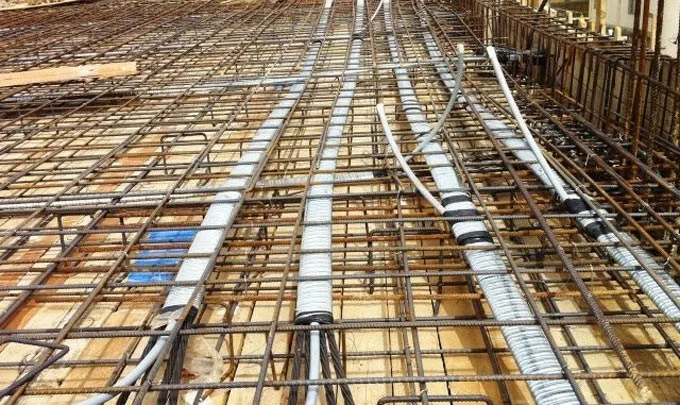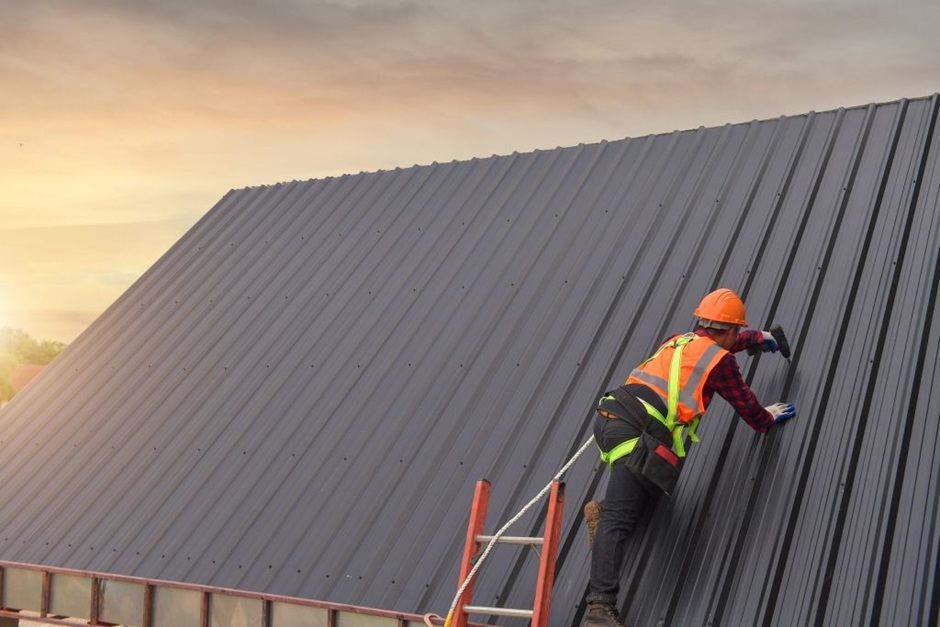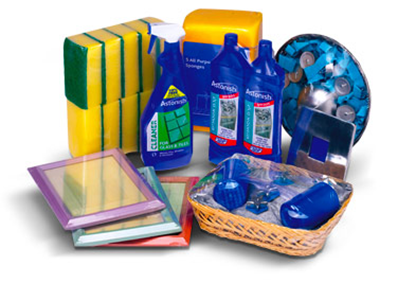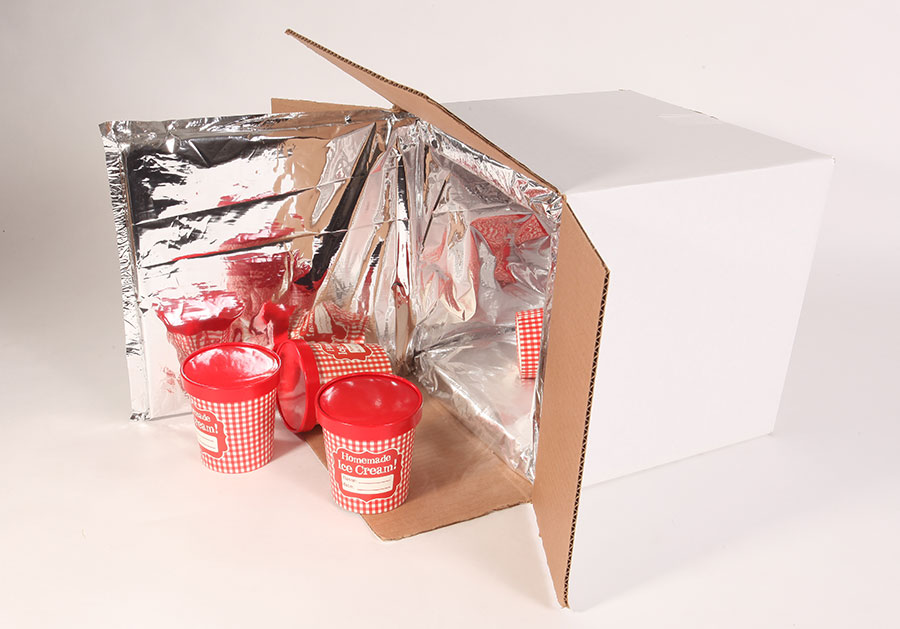Post-tensioning bar systems are integral to modern construction, offering innovative solutions for maintaining various structures’ longevity. These systems affect the structural health of buildings, bridges, and other infrastructure projects.
Post-tensioning bars are high-strength steel bars that create compressive forces within concrete structures. This technique involves tensioning the bars after pouring and hardening concrete. The resulting compression helps to counteract the tensile stresses that occur under load, improving the structure’s strength and durability.
Role of structural maintenance
One of the primary benefits of post-tensioning bar systems is their ability to enhance the long-term performance of structures. By actively managing the stresses within concrete elements, these systems help to prevent cracking and reduce the impact of external forces. This proactive approach to structural maintenance extends the lifespan of buildings and infrastructure.
Several advantages in terms of maintenance
- Crack control- By maintaining constant compression in concrete elements, post-tensioning bars help minimize the formation and propagation of cracks. This is particularly important in environments where structures are exposed to harsh weather conditions or aggressive chemicals.
- Load distribution – Post-tensioning systems allow for more efficient distribution of loads throughout a structure. This can help to alleviate stress concentrations that might otherwise lead to localized damage or failure over time.
- Improved waterproofing – The compression provided by Post-tensioning Bars can help to close small cracks and pores in concrete, reducing water penetration and the associated risks of corrosion and deterioration.
- Flexibility in design – Post-tensioning bar systems offer engineers greater flexibility in designing and maintaining structures. This can be useful when retrofitting existing buildings or adapting structures to new load requirements.
Monitoring and maintaining post-tensioned structures
Effective maintenance of structures with post-tensioning bar systems requires ongoing monitoring and periodic assessments.
- Regular inspections – Visual inspections can help identify early signs of distress, such as cracking or deformation. Qualified professionals carry out these inspections on the specific characteristics of post-tensioned structures.
- Stress monitoring– Advanced monitoring systems can track the tension in post-tensioning bars over time. This data can provide valuable insights into the building’s structural health and help identify any need for adjustments or repairs.
- Corrosion protection – Post-tensioning bars are typically protected against corrosion through various means, such as grouting or protective coatings. Regular checks and maintenance of these protective systems are essential to ensure the longevity of the post-tensioning system.
Enhancing longevity through post-tensioning
Using post-tensioning bar systems can significantly contribute to the longevity of structures. By actively managing stresses and providing ongoing compression, these systems help mitigate many factors that typically lead to structural deterioration.
- Reduced cracking– By minimizing the formation and growth of cracks, post-tensioning systems help protect the internal reinforcement from exposure to harmful elements, thereby reducing the risk of corrosion and associated deterioration.
- Improved fatigue resistance – Post-tensioning bars’ constant compression can help structures withstand repeated loading cycles better, improving their overall fatigue resistance.
- Enhanced durability– Post-tensioned structures often exhibit improved resistance to environmental factors such as freeze-thaw cycles, chemical attacks, and moisture ingress, all of which can contribute to the premature ageing of conventional structures.
Implementing post-tensioning bar systems may involve higher upfront costs than traditional reinforcement methods. However, reduced maintenance needs and extended service life often offset these costs. Improper design or application of post-tensioning forces can lead to overloading of structural elements.




